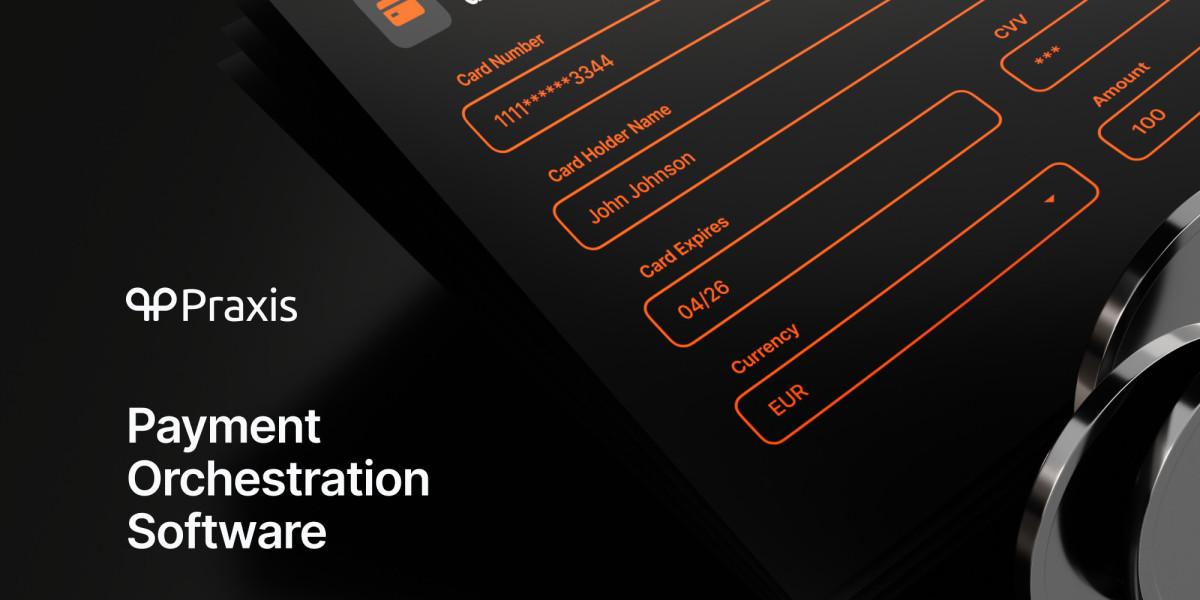cThis article explores what a CI/CD pipeline is, how it works, and why it’s vital for modern software development.
What is a CI/CD Pipeline?
A ci cd pipeline is a series of automated steps that developers use to streamline their software development process. It encompasses continuous integration (CI), where code changes are automatically merged and tested, and continuous delivery (CD), which ensures the application is always in a deployable state.
By adopting a CI/CD pipeline, teams can accelerate development cycles, reduce errors, and achieve faster time-to-market. This makes it a cornerstone of DevOps practices, bridging the gap between development and operations teams.
Key Components of a CI/CD Pipeline
To understand how a CI/CD pipeline works, it’s essential to break it down into its primary components:
- Source Control
Everything begins with version control. Developers push their code to a repository, such as GitHub or GitLab. This centralized system tracks changes and triggers the pipeline whenever new code is committed.
- Build Stage
In the build stage, the code is compiled, dependencies are installed, and an executable or deployable package is created. This ensures the new changes can integrate seamlessly into the existing codebase.
- Testing
Automated tests run to verify the integrity and functionality of the application. These tests may include unit tests, integration tests, and end-to-end tests to catch issues early.
- Deployment
The final step in the CI/CD pipeline is deployment. Depending on the strategy, this may involve deploying the application to staging, production, or other environments.
Benefits of a CI/CD Pipeline
The advantages of implementing a CI/CD pipeline go beyond speed. Here are some key benefits:
- Improved Code Quality
By running automated tests and quality checks, CI/CD pipelines reduce bugs and improve code maintainability.
- Faster Releases
The automation in CI/CD pipelines allows developers to release features faster and more frequently, ensuring continuous delivery of value to end users.
- Enhanced Collaboration
CI/CD fosters a culture of collaboration by enabling teams to work together seamlessly, reducing conflicts and increasing transparency.
Best Practices for Setting Up a CI/CD Pipeline
To maximize the effectiveness of your CI/CD pipeline, consider the following best practices:
- Start Small
Begin with a minimal viable pipeline and gradually add complexity as needed.
- Automate Everything
From testing to deployment, automation is the backbone of a robust pipeline.
- Monitor and Optimize
Use monitoring tools to gather insights and continuously improve your pipeline.
- Incorporate Security Early
Embed security checks in the pipeline to identify vulnerabilities before deployment.
Tools for Building a CI/CD Pipeline
Numerous tools are available to help you build an efficient CI/CD pipeline. Some popular choices include:
- Jenkins: A versatile open-source automation server.
- GitLab CI/CD: A built-in CI/CD tool within GitLab repositories.
- CircleCI: Known for its scalability and ease of use.
- AWS CodePipeline: A fully managed CI/CD service on AWS.
Challenges of Implementing a CI/CD Pipeline
While the benefits of CI/CD pipelines are immense, there are challenges to consider:
- Initial Setup Costs
Building a CI/CD pipeline requires time and resources, especially for teams new to the concept.
- Tool Overload
Choosing the right tools from the plethora of options can be overwhelming.
- Cultural Shift
Adopting a CI/CD pipeline requires a cultural shift toward automation and collaboration, which can be difficult for some teams.
Real-World Example of CI/CD Pipeline in Action
Consider a team developing a web application. Using a CI/CD pipeline, they integrate new features daily. Each commit triggers automated tests and deployments to a staging environment. By the time the feature is ready for production, it’s already been thoroughly tested, ensuring a seamless experience for end-users.
A well-implemented CI/CD pipeline is a game-changer for modern software development. It not only enhances efficiency but also fosters a culture of quality and collaboration. By automating repetitive tasks and integrating continuous feedback, teams can focus on delivering innovative solutions quickly and reliably.
Start small, choose the right tools, and embrace the transformation. With the right approach, the benefits of a exceljs charts will soon outweigh the challenges, making it an indispensable part of your development lifecycle.















